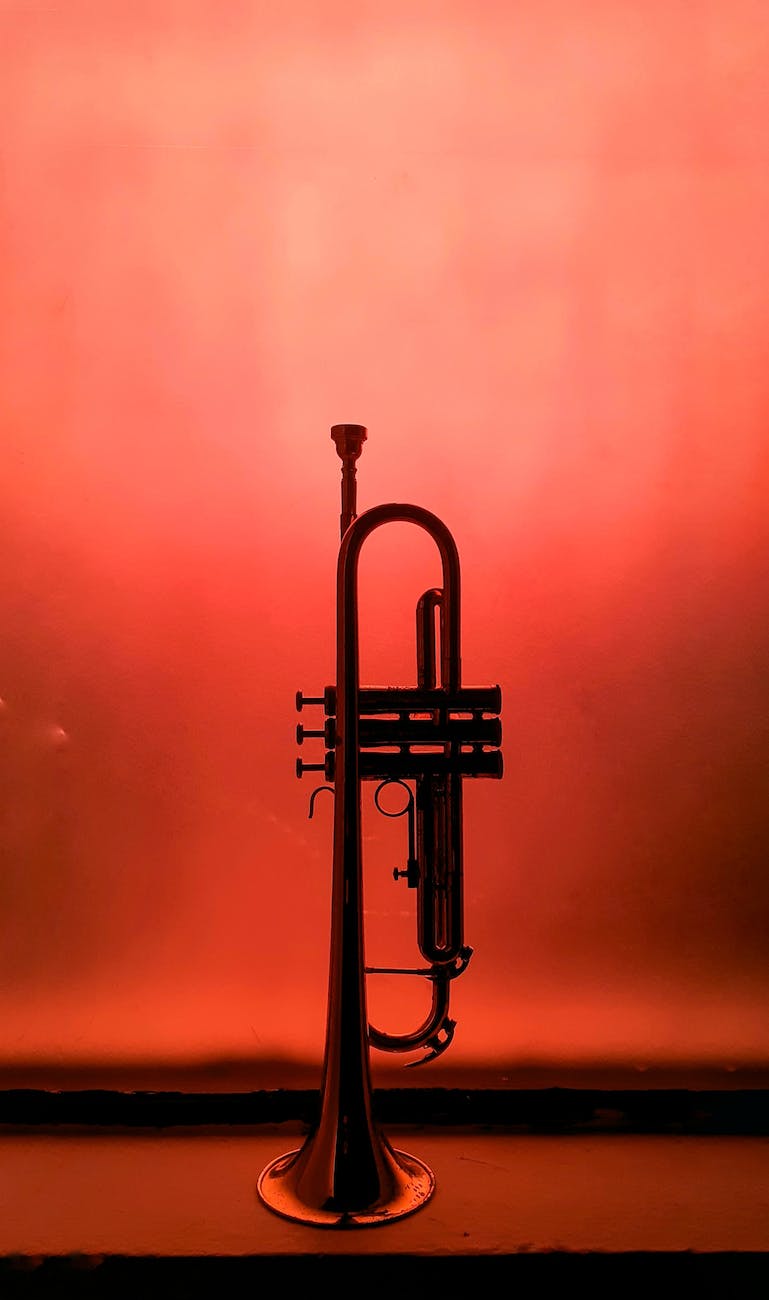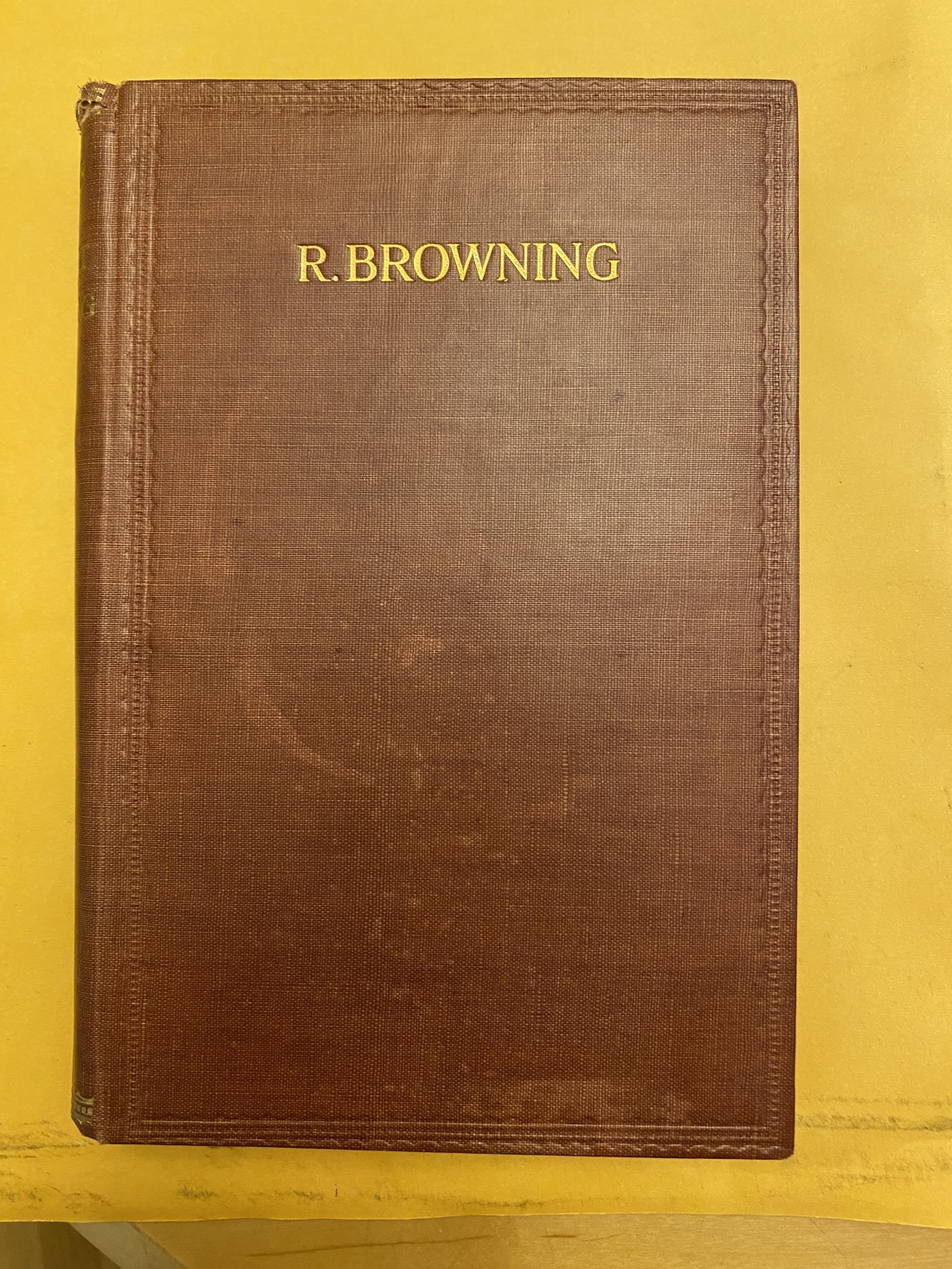I grew up with three ideas about medieval monks floating in my head. (Only three because we were Baptist, in the southern US, and I’d never seen a monk in real life.) 1. They wore robes. 2. They chanted. 3. They copied manuscripts, which had preserved knowledge that might have otherwise been lost. How appealing! Robes were easy to wear, I loved to sing, and copying manuscripts was something I did all the time.
Even, or especially, during my turbulent high school years I spent many hours writing sections of J.R.R. Tolkien’s The Lord of the Rings. This was by far my favorite book. I filled several college-ruled spiral notebooks with Tolkien’s words. I wrote on every other line, in as small and as neat a cursive as my native clumsiness and blue ballpoint pen permitted. I didn’t do this copying for writerly reasons, but because it calmed me. And as an expression of my love for the books, and because I liked the look of the pages I’d made. Many writers have copied out the manuscripts of admired works as a writing exercise. I did some of that post college, during my “pretentious, moi?” phase (I called myself a Poet, good God). I typed all 154 Shakespeare sonnets and taped the pages on my apartment walls. When I moved I had to pay for the room to be repainted, which stopped me from pulling that kind of a stunt again. Also, dear Reader: this did not make me a Poet.
During my Tolkien-copying days I daydreamed mostly about finding my way to Middle Earth and marrying Legolas. But sometimes I fantasized about living as a monk, if I could somehow avoid all the praying. I pictured myself working in the scriptorium every day, my quill pen scratching at the parchment, humming chants as I wrote.
It never occurred to me to include nuns in this fantasy. What about the nuns, I wondered today. Belatedly, I’ll admit, but nobody told adolescent me that nuns were composers, philosophers, scientists, writers. I’d learned that over the years. I discovered that there were, of course, many nuns who were scribes. For example sister Irmingart, a member of the Order of Canons Regular of Prémontré. This order had been founded in France in the year 1120 by Norbert of Xanten and quickly expanded. By the end of the twelfth century, there were numerous Premonstratensian communities in Europe. Irmingart’s was located near Munich.
We know her name because she included it on a collection of homilies about the Epistles and Gospels: “This book, which sister Irmingart wrote with the permission of Prior Henry, belongs to the monastery of Saint Dionysius, Schæftlarn.” Few scribes of that era, male or female, autographed their works. Remaining anonymous showed humility. Also, of course, often the words were not the copyist’s. It’s a shame that the copyists have been mostly anonymous. Not all the manuscripts have much literary value, although they could. What’s more likely to make such a manuscript interesting today is the copyist’s work. The colorful capitals and the marginalia, comments and drawings and doodles can turn a bog-standard homily into art. Marginalia can be straightforward and related to the text, or fanciful, extravagant, even outrageous. I’m still a bit haunted at the moment by the marginalia of another medieval woman scribe, Jeanne de Montbastion. She was not a nun. In a bottom corner of the poem “The Romance of the Rose” (a notably misogynist work) Jeanne includes a picture of a nun beside a tree covered with phalluses, which she is plucking and placing in a basket.
Anyhow. Scribes have come to mind because it’s Ink Day. I’m down to just a couple of drops of Diamine Writer’s Blood in my final pen. Being relatively new to the use of fountain pens with cartridges and inks, I find changing them a bit stressful. It’s worth the trouble, since when I write with a fountain pen I feel connected with my thoughts more solidly than I do typing or writing longhand with other kinds of pens. Still, I wait until all of them have run dry and do the refills all in one go. The easy part is picking colors. The ink names are often as pretty as the colors. Yama-budo, Blue Velvet, Inferno Orange, sui-gyoku. The hard part is cleaning the pens and getting ink into them. A messy task, though—and I wish the ink looked as pretty on my fingertips as it does on paper.
I complain, but compared to the copyists of medieval times I have it easy. Scribes like Irmingart needed to make and then frequently adjust their quill pens. Most pens began as goose feathers, and the scribes used knives to trim the plume and angle and shape the shaft so that the ink could flow smoothly onto the parchment. They had to prepare the parchment to take the ink, and also they had to make the ink, crushing and mixing things like oak galls and minerals to make a liquid that wouldn’t be too gloppy or too thin. If they made a mistake, there were no erasers. They had to scrape errors off of the parchment with pen knives.
I’ve seen a few of the manuscripts created in this manner, always behind glass at a museum. They are amazing, gorgeous things. I wish there had been more Irmingarts—and more Prior Henrys, who were cool with the artists identifying themselves. A name adds interest and provides a point of connection. The robes, singing, and scriptorium would still apply. I should’a pictured myself as a nun…









